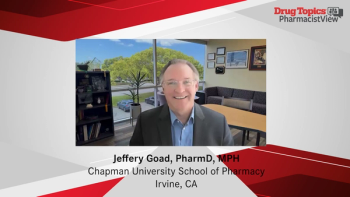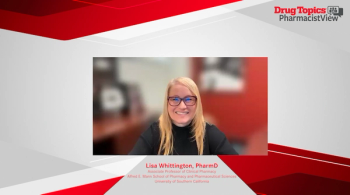
The Role of the Pharmacist in Screening
Panelists discuss how pharmacists play a crucial role in identifying patients with suspected hypercortisolism by recognizing treatment resistance patterns when reviewing medication lists, particularly noting red flags like patients on multiple diabetes medications (including maximized GLP-1 agonists, SGLT-2 inhibitors, and high-dose insulin) or multiple antihypertensive agents who still have uncontrolled hemoglobin A1c levels above 7.5%, while addressing barriers such as nonspecific symptoms that lack classic physical features, logistical challenges around diagnostic authority and the need for collaborative practice agreements, systemic gaps including lack of consistent screening guidelines, and the importance of increasing clinical suspicion, strategic use of the one milligram overnight dexamethasone suppression test with proper patient coordination and education, and establishing interprofessional collaboration for referrals to endocrinologists when hypercortisolism is identified.
Episodes in this series

This video segment discusses the crucial role pharmacists can play in identifying patients with suspected hypercortisolism based on treatment resistance patterns. Pharmacists are uniquely positioned to recognize red flags when reviewing medication lists and medical histories, particularly when patients require continuous intensification of diabetes and hypertension medications despite using powerful agents like GLP-1 receptor agonists, SGLT-2 inhibitors, or basal-bolus insulin regimens. The pattern of repeatedly adding medications without achieving glycemic or blood pressure control should prompt pharmacists to consider whether an underlying condition like hypercortisolism might be the missing piece of the puzzle in their clinical thought process.
The screening process involves identifying patients on three or more diabetes medications with hemoglobin A1c levels still above 7.5%, which should trigger conversations about medication adherence barriers including adverse effects and cost issues. If adherence is confirmed but glucose control remains challenging, this warrants further investigation. The 1 mg overnight dexamethasone suppression test is highlighted as a relatively straightforward screening tool that pharmacists can feel comfortable recommending. Those with collaborative practice agreements may order the test directly, while others can coordinate with health care providers to recommend appropriate screening for qualifying patients.
Several barriers exist in screening for hypercortisolism, including clinical challenges from nonspecific symptoms in hidden forms of the condition, logistical limitations where pharmacists cannot independently order diagnostic tests, and systemic issues due to lack of consistent screening guidelines. There are no widely accepted criteria for determining which patients should be screened, creating uncertainty about appropriate patient selection. Addressing these gaps requires increasing clinical suspicion, strategic use of diagnostic tests with proper patient coordination and education, and establishing interprofessional collaboration for referrals when positive results are identified. The process requires careful timing coordination for the dexamethasone suppression test and subsequent referral to endocrinology specialists, though access to endocrinologists remains challenging in many areas.
Newsletter
Pharmacy practice is always changing. Stay ahead of the curve with the Drug Topics newsletter and get the latest drug information, industry trends, and patient care tips.


































































































































